The phrase “black hole” has long and firmly established in our languages, although it has been widely used for not so long — since half a century ago when this word combination was adopted by the American physicist John Archibald Wheeler for his popular science lectures, while in fact it was not him who coined this term.
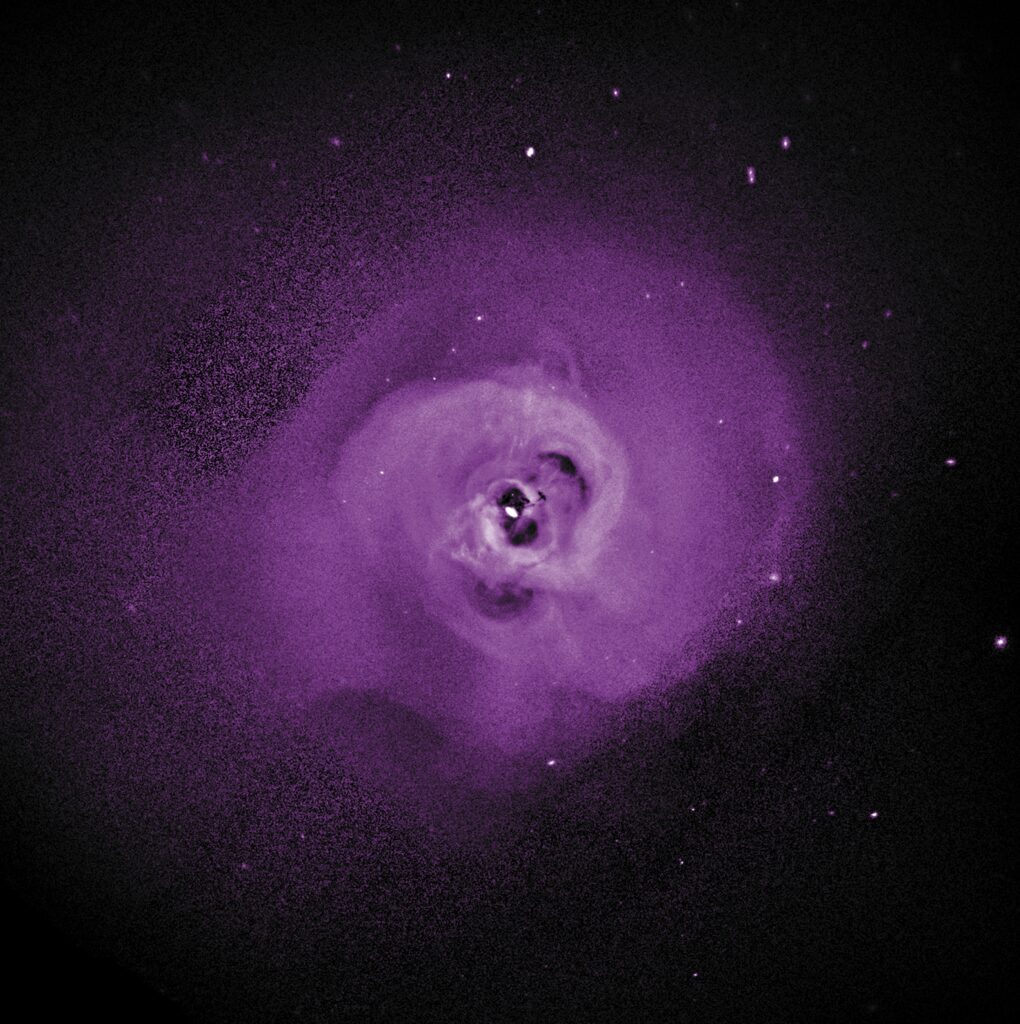
At the end of the 18th century, the English priest John Michell, who is also considered one of the founders of modern geology and seismology, was the first to conceive of such a massive body that even light could not escape from its “gravitational embrace”. The “mathematical framework” for those ideas was designed by the French mathematician Pierre-Simon Laplace. But a century later scientists came to the conclusion that light is of wave nature, so this concept was discarded for a while. Albert Einstein “saved” it with his theory of relativity. Solving his equations, the German astronomer Karl Schwarzschild shortly before dying obtained the radius of the sphere to which a certain mass must be “squeezed” so that the second cosmic velocity for the resulting body exceeds the velocity of light (for some time such objects were designated as “invisible stars”).
Not all scientists initially agreed with Schwarzschild’s calculations, but gradually the concept of “black hole” took its place in our notion about the universe, although until the beginning of this century, many questioned the existence of such objects. Observations by the Hubble Space Telescope and large radio telescopes built over the past 30 years have put an end to the debate over their reality. They made it possible to measure the radial velocities of stars in the immediate vicinity of galactic centers and to get convinced that these stars revolve around an extremely massive and very compact body, which in itself emits absolutely nothing. Recent developments include obtaining an image of the “shadow” of a black hole in the M87 galaxy, as well as the detection of gravitational waves generated by collisions of such objects, by the specialized observatories LIGO and Virgo.
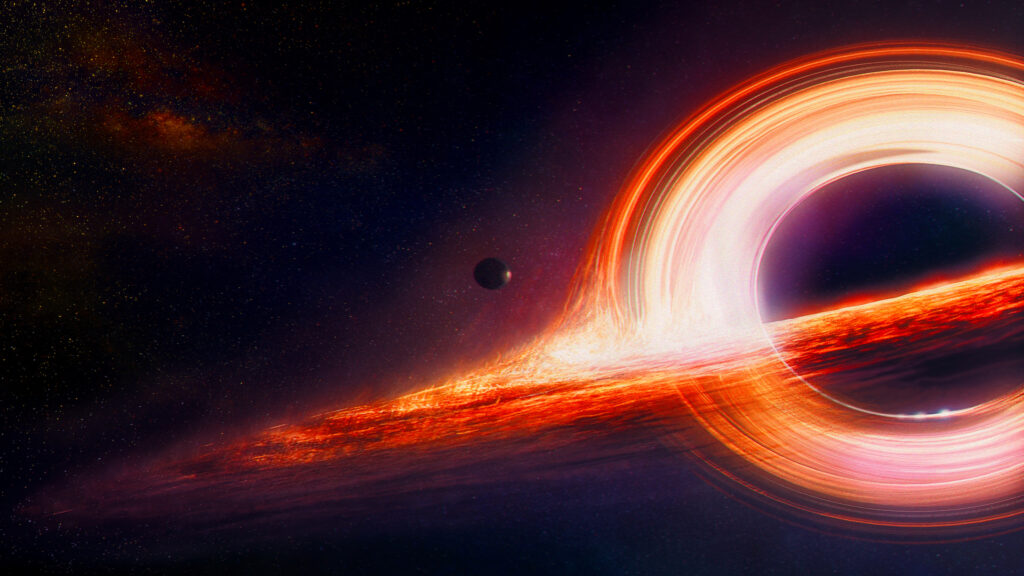
Scientists are now aware of the existence of tens of thousands of black holes, and they hope to discover even more in the near future using specialized orbital observatories. Unlike stars, which differ in many characteristics, in fact the only parameter that distinguishes black holes is their mass (and, corresponding size). It became the basis for the classification below.
Black holes of stellar masses
The black holes of most common and best-studied type are formed during the gravitational collapse of massive stars, in the bowels of which fusion reactions have completely exhausted. Then very rapid compression under the star’s own gravity takes place, accompanied by the release of huge amounts of energy. From Earth, such events are observed as supernovae.
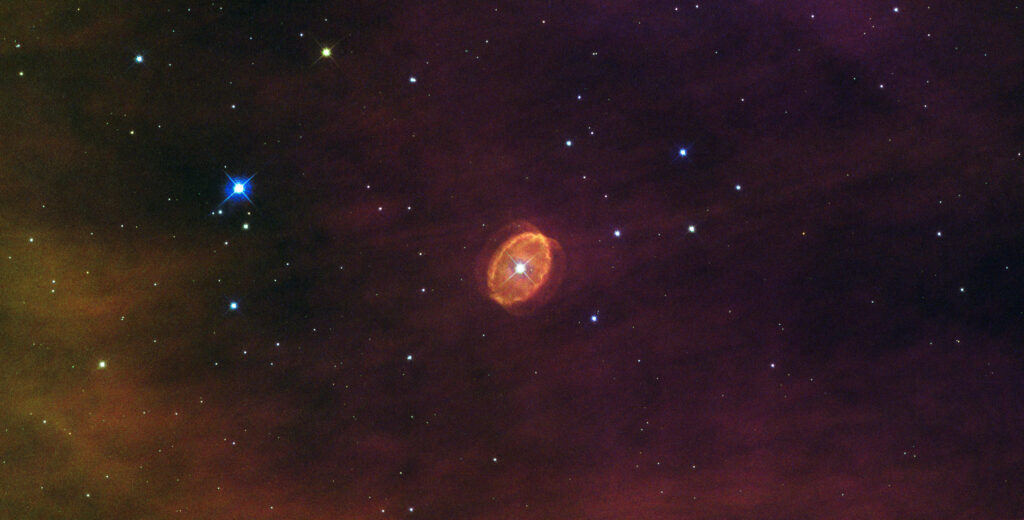
Objects of less than 20 solar masses turn into neutron stars as a result of the collapse, and heavier objects turn into black holes. If one of the components of the dual system collapses, the process of accretion can begin there — the “flow” of matter from the second component. Approaching the Schwarzschild radius, this substance accelerates almost to the speed of light and twists into a so-called accretion disk, which heats up to ultra-high temperatures and begins to emit in a wide spectral range (from X-rays to radio waves). The registration of such radiation is the main way to find black holes within our Milky Way.
Supermassive black holes
In the process of evolution of the universe, matter consolidated in ever larger structures. After the explosions of primordial stars, which were mostly much more massive than modern ones, the first black holes were formed. They immediately began to absorb the surrounding matter, the general density of which was also much higher than now. Some of them were more “lucky”: they grew faster and captured other objects in the orbital movement around them, “consolidating” whole systems with aggregate masses of millions and billions of solar. This is simplified description of the processes of formation of large stellar systems — galaxies. Such conclusions can be drawn from the fact that almost all sufficiently massive galaxies have non-radiating compact objects in their centers, millions of times heavier than our Sun. They are called supermassive black holes.
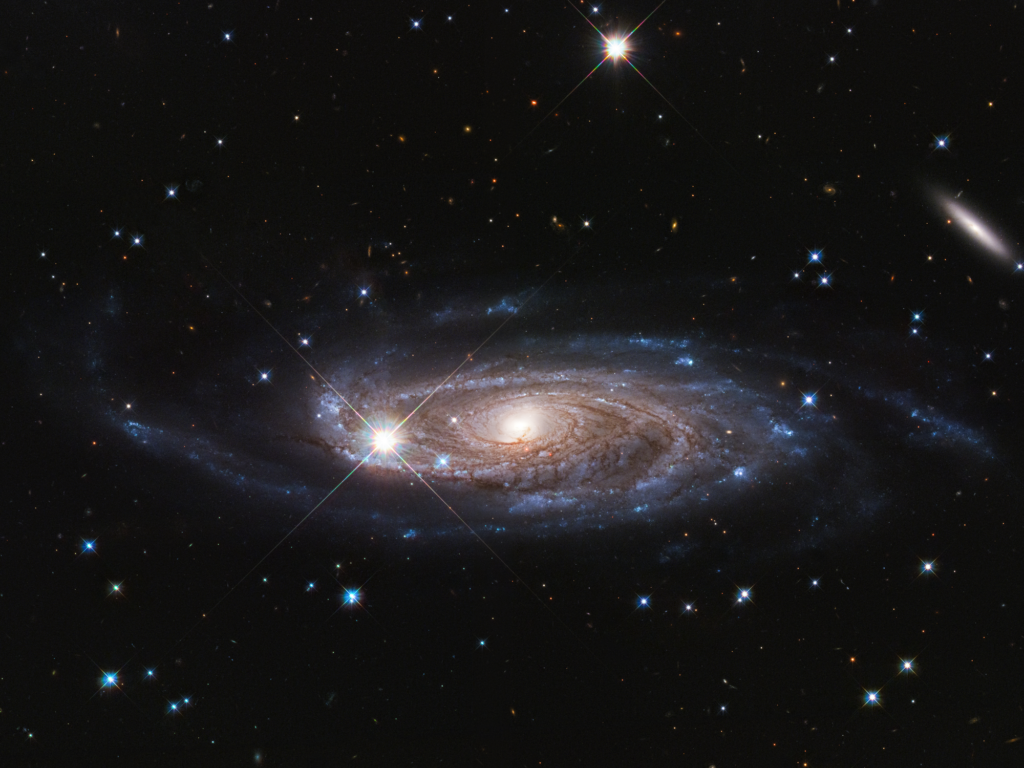
Sometimes it happens that such a black hole still absorbs substance in huge quantities. A lot of energy is released as a result (even more than during fusion in terms of mass consumed). The already mentioned accretion disk is formed out of matter falling down, and powerful magnetic fields appear in it, forcing part of the matter to erupt back into space in the form of two high-energy streams beaming in opposite directions along the disk’s axis — the so-called jets. They have been repeatedly observed in the centers of massive galaxies. Many facts indicate that something like that happened in the center of the Milky Way in the past.
Black holes of intermediate masses
The peculiarities of the process of formation of supermassive objects call forth the fact that black holes with masses of hundreds to millions of solar are quite rare. They are present, for example, in the centers of some globular star clusters (among the most famous such objects are the ω Centauri and M15 clusters), which can be considered “minigalaxies” consisting of hundreds of thousands of stars. These black holes are also found in the centers of some dwarf galaxies. In 2015, a team of Japanese scientists discovered gas jets of extremely high velocities in the interstellar gas cloud CO-0.40-0.22. The best explanation for this phenomenon is the presence of a black hole in the cloud, about a hundred thousand times heavier than the Sun.
Relic black holes
Can there be super-dense objects with a mass of, say, several tons? Theoretically the answer is positive, though scientists simply do not know the technical possibilities of compressing large volumes of “ordinary” matter to nanometer-sized objects. However, there is a hypothetical possibility that such bodies were formed in the early stages of the evolution of the universe, when its average density was incomparably higher than now.
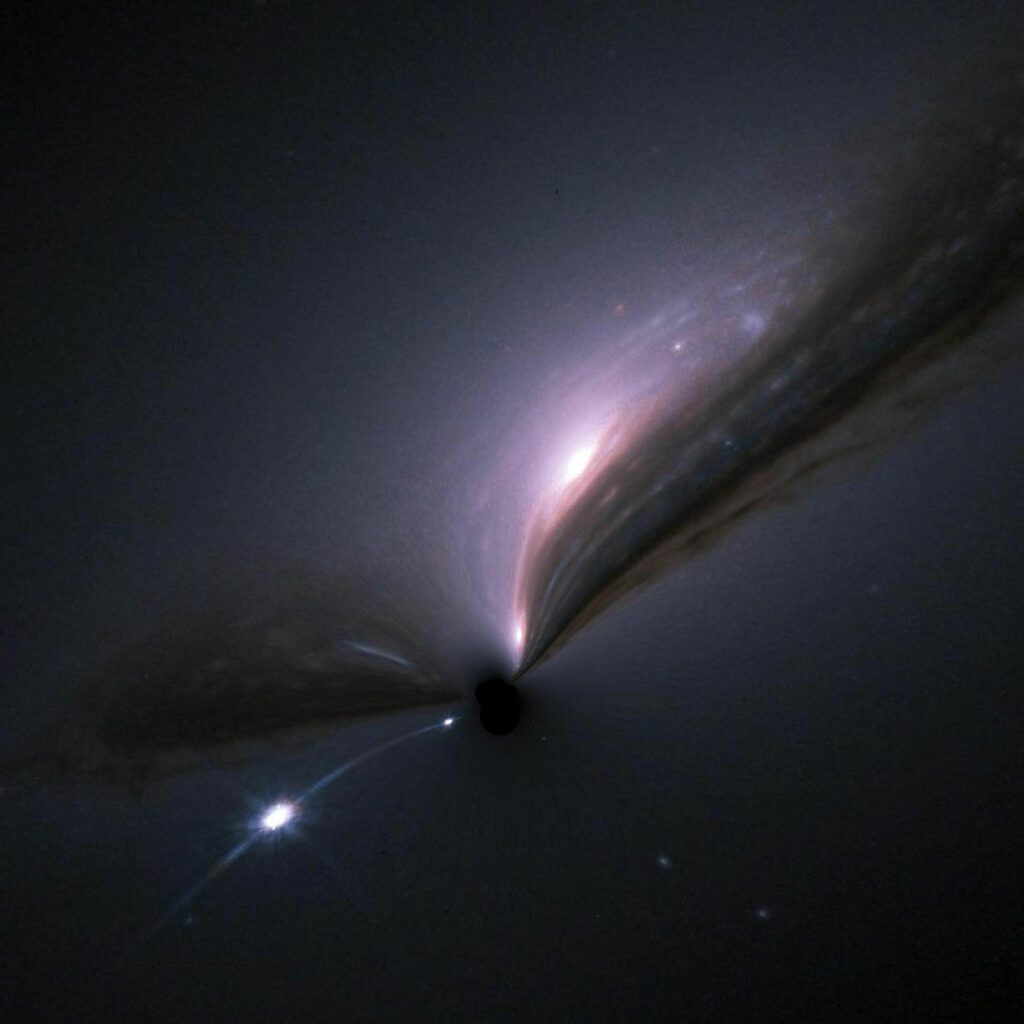
Most of these “relict black holes” have long since disappeared due to the quantum evaporation mechanism described by British astrophysicist Stephen Hawking, but some may have “survived” until present time roaming somewhere in interstellar and intergalactic space. The probability of encountering any of them is extremely low, and it is almost impossible to notice them at great distances.
The biggest black hole?
The greater is the mass of matter that “fills” the Schwarzschild radius — the lower is the relative density of a black hole. To bring our Earth to the black-hole state, for example, it must be compressed into a ball with a diameter of about 18 mm. The resulting density would exceed 2 × 1030 kg/m3. But in the case of the Sun, which has a Schwarzschild radius of almost 3 km, this figure will be one hundred billion times smaller. The “density” of the supermassive black hole in the center of the Andromeda Galaxy does not exceed mere 650 kg/m3 — it is less than the density of water!
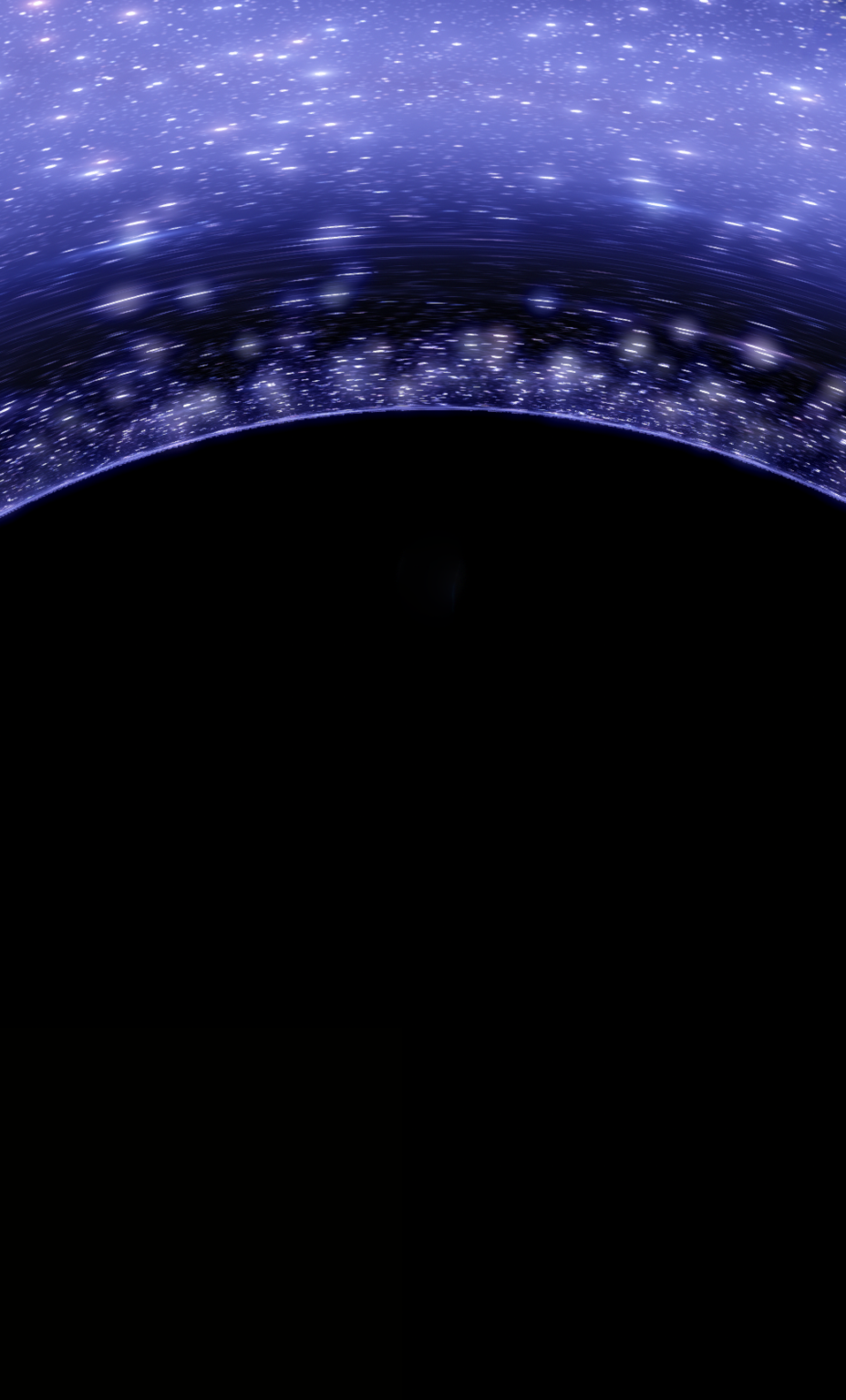
And if we calculate this radius for an imaginable body, the mass of which corresponds to the estimated mass of our universe (1053 kg), we get almost 14 billion light years, which is suspiciously close to the radius of space available for observation. This makes some scientists to believe that, in fact, we, along with all the objects in our world, are inside a huge black hole, and for observers from another spatial dimension, it may well look like this. So far, we can neither prove nor disprove this exotic hypothesis.

